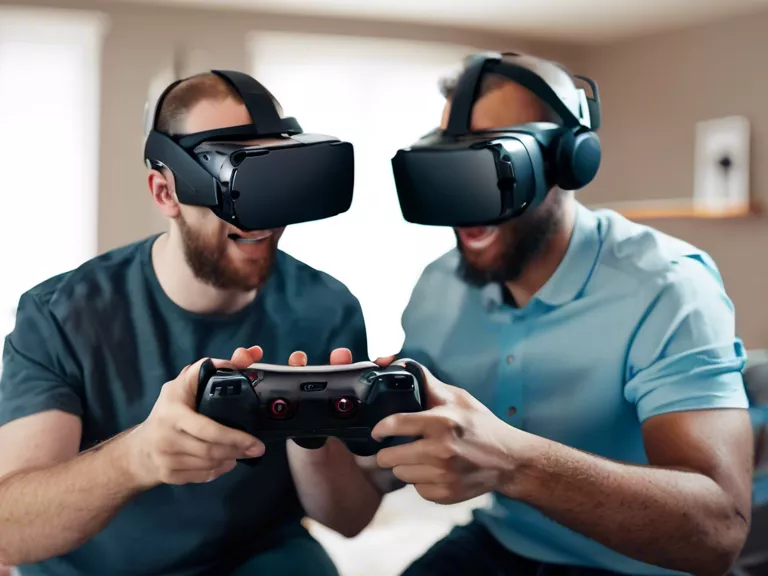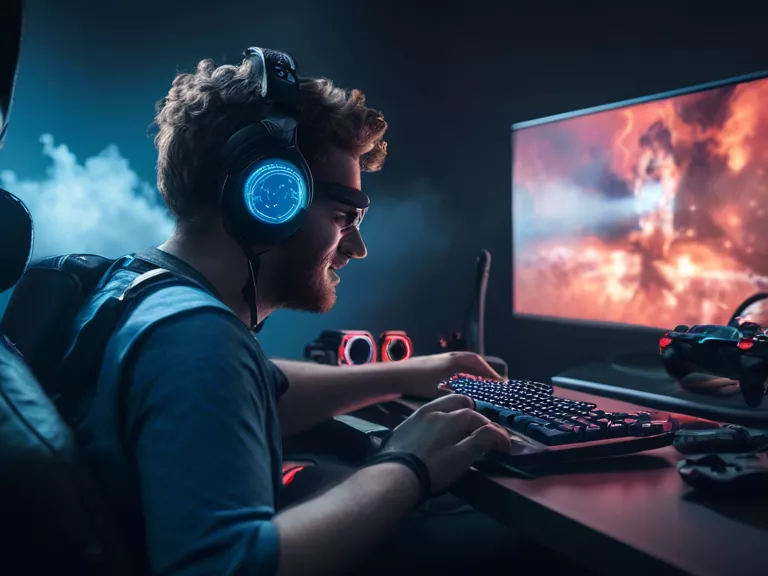
How to optimize your gaming hardware for VR and AR compatibility
Virtual Reality (VR) and Augmented Reality (AR) have revolutionized the gaming industry, offering immersive experiences like never before. However, to truly enjoy these cutting-edge technologies, it is essential to have the right hardware. Here are some tips on how to optimize your gaming hardware for VR and AR compatibility.
Check System Requirements: Before diving into the world of VR and AR, make sure your gaming PC or console meets the minimum system requirements. VR and AR applications demand high processing power, so ensure your hardware can handle the workload.
Upgrade Your GPU: A powerful Graphics Processing Unit (GPU) is crucial for a smooth VR and AR experience. Consider upgrading to a high-end GPU to handle the rendering requirements of VR and AR applications.
Increase RAM: Running VR and AR applications simultaneously with other programs can put a strain on your system's memory. To prevent lag and ensure optimal performance, consider increasing your RAM capacity.
Invest in a Quality Headset: The quality of your VR or AR headset can make a significant difference in your gaming experience. Invest in a headset with high-resolution displays, accurate motion tracking, and comfortable design for an immersive experience.
Optimize Your Display: To fully enjoy VR and AR content, make sure your display is up to par. Consider upgrading to a high-resolution monitor or TV to enhance the visual experience.
By following these tips and optimizing your gaming hardware for VR and AR compatibility, you can enjoy the full potential of these immersive technologies and take your gaming experience to the next level.



